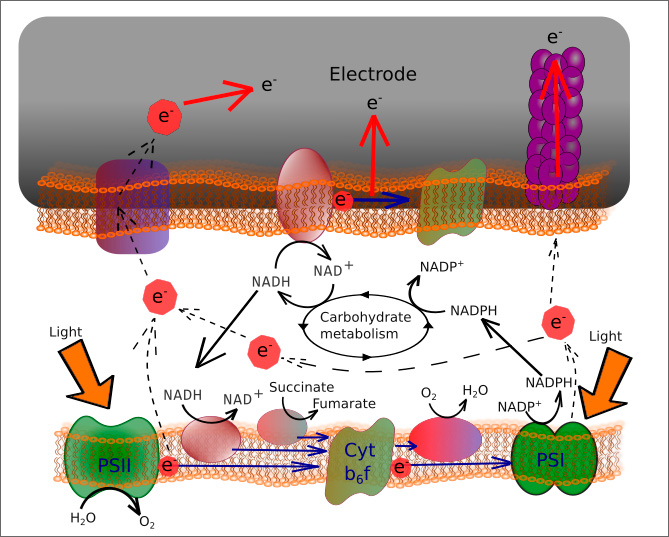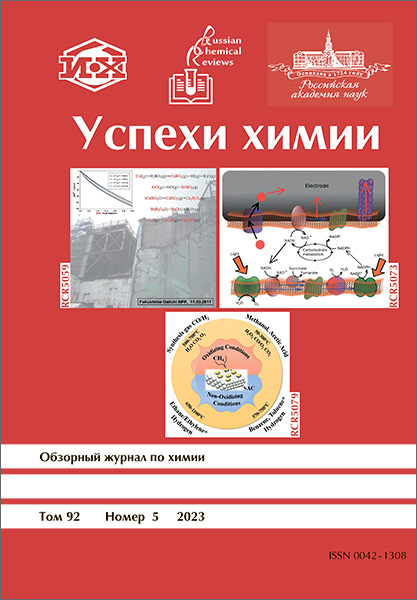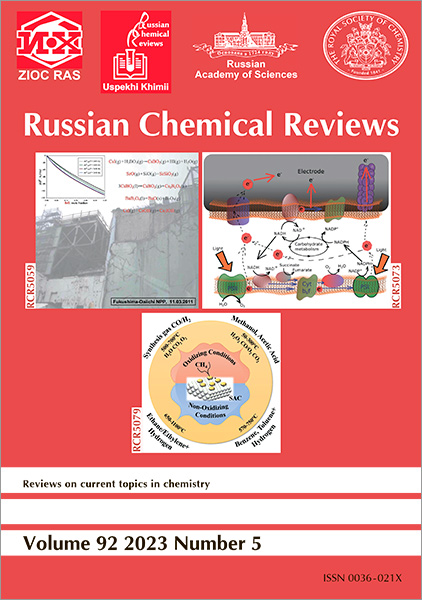|
Эта публикация цитируется в 3 научных статьях (всего в 3 статьях)
Photosynthetic microbial fuel cells: practical applications of electron transfer chains
Р. А. Волошинa, А. М. Бозиеваa, B. D. Bruceb, С. И. Аллахвердиевca
a Институт физиологии растений им. К.А. Тимирязева РАН
b Department of Biochemistry & Cellular and Molecular Biology, Department of Chemical and Biomolecular Engineering, Department of Microbiology, University of Tennessee, Knoxville, USA
c Faculty of Engineering and Natural Sciences, Bahcesehir University, Turkey

Аннотация:
Membrane electron transfer underlies the central metabolic pathways for energy conversion. The photosynthetic and respiratory electron transport chains are complex apparatuses capable of generating a transmembrane proton gradient from sunlight or chemical energy. Recent exploitation of these apparatuses as energy convertors is of interest due to the availability and eco-friendliness of the biomaterial. Devices that utilize chemotrophic microorganisms to generate electricity have been known for over one hundred years. In these systems, called microbial fuel cells (MFC), one or more microorganisms catalyze charge transfer from a consumable substrate (acetate, glucose, etc.) to the electrode. New MFCs integrating solar energy convertors based on the photosynthetic organisms have been developed. These devices, called photosynthetic microbial fuel cells (PMFC), still resemble the conventional MFC in that they also use living microbial cells to convert chemicals to electrical energy. However, the distinction between these two classes of fuel cells is that the MFC utilizes only the chemical energy of the organic substrate. At the same time, PMFCs are also capable of using solar energy. Common to both devices is the ability to utilize intrinsic electron transfer chains of bacterial metabolism as the primary mechanism of energy conversion. The widespread and accessible solar energy may permit PMFCs based on photosynthesis to become an inexpensive and efficient method for sunlight conversion. MFCs based on heterotrophs may be more promising in wastewater remediation and other ecological applications. This article reviews the latest advances in this field and emphasizes the remaining challenges.
Bibliography—205 references
Ключевые слова:
электрон-транспортные цепи, медиатор, фотосинтетические микробные топливные элементы.
Поступила в редакцию: 03.11.2022
Образец цитирования:
Р. А. Волошин, А. М. Бозиева, B. D. Bruce, С. И. Аллахвердиев, “Photosynthetic microbial fuel cells: practical applications of electron transfer chains”, Усп. хим., 92:5 (2023), RCR5073; Russian Chem. Reviews, 92:5 (2023), RCR5073
Образцы ссылок на эту страницу:
https://www.mathnet.ru/rus/rcr4424
|


| Статистика просмотров: |
| Страница аннотации: | 51 | | Список литературы: | 2 |
|



 Обратная связь:
Обратная связь: Пользовательское соглашение
Пользовательское соглашение
 Регистрация посетителей портала
Регистрация посетителей портала Логотипы
Логотипы